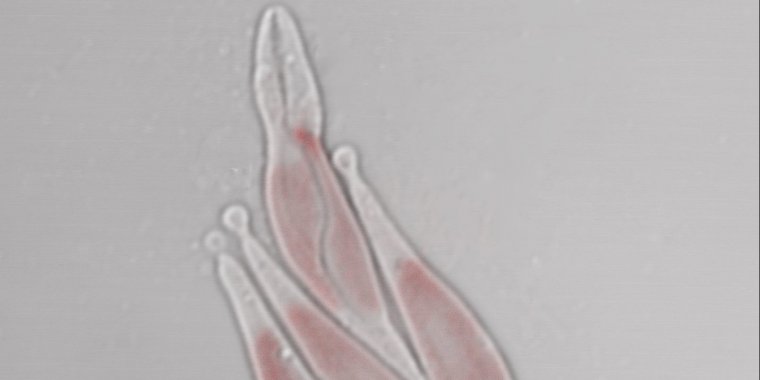| News / Science News |
Scientists discover key factors in how some algae harness solar energy
Scientists have discovered how diatoms –- algae that produce 20% of the Earth's oxygen –- harness solar energy for photosynthesis. Algae store energy in the form of natural oils and, under the right conditions, make oil that can be converted into biofuels for cars, trucks, trains and planes.

The researchers studied diatoms, whose oil may be converted into biofuels. Photo: Ananya Agarwal/Rutgers Biophysics Molecular Ecology Laboratory
The Rutgers University-led and NSF-funded discovery could lead to more efficient and affordable algae-based biofuels and combat climate change from fossil fuel burning.
Oceans and other waterways are rich in algae –- energy factories that convert sunlight and carbon dioxide into chemical energy and help remove carbon from the atmosphere. Diatoms are among the most successful species of algae. Their fossil oils are the source of the highest quality petroleum on Earth.
The researchers used a 3D bioimaging tool to reveal the architecture of the proteins diatoms use to absorb sunlight and power their photosynthesis. They found that each cell includes two sets of these proteins, though only one set is active. The active set has a structure associated with pigment proteins, such as green chlorophyll that absorbs light, in an antenna to harvest light for photosynthesis. The inactive set lacks the antenna and does not participate in photosynthesis.
The scientists are seeking to understand the limits of the power of photosynthesis in algae and to harness that power to produce biofuels. (National Science Foundation)
YOU MAY ALSO LIKE





